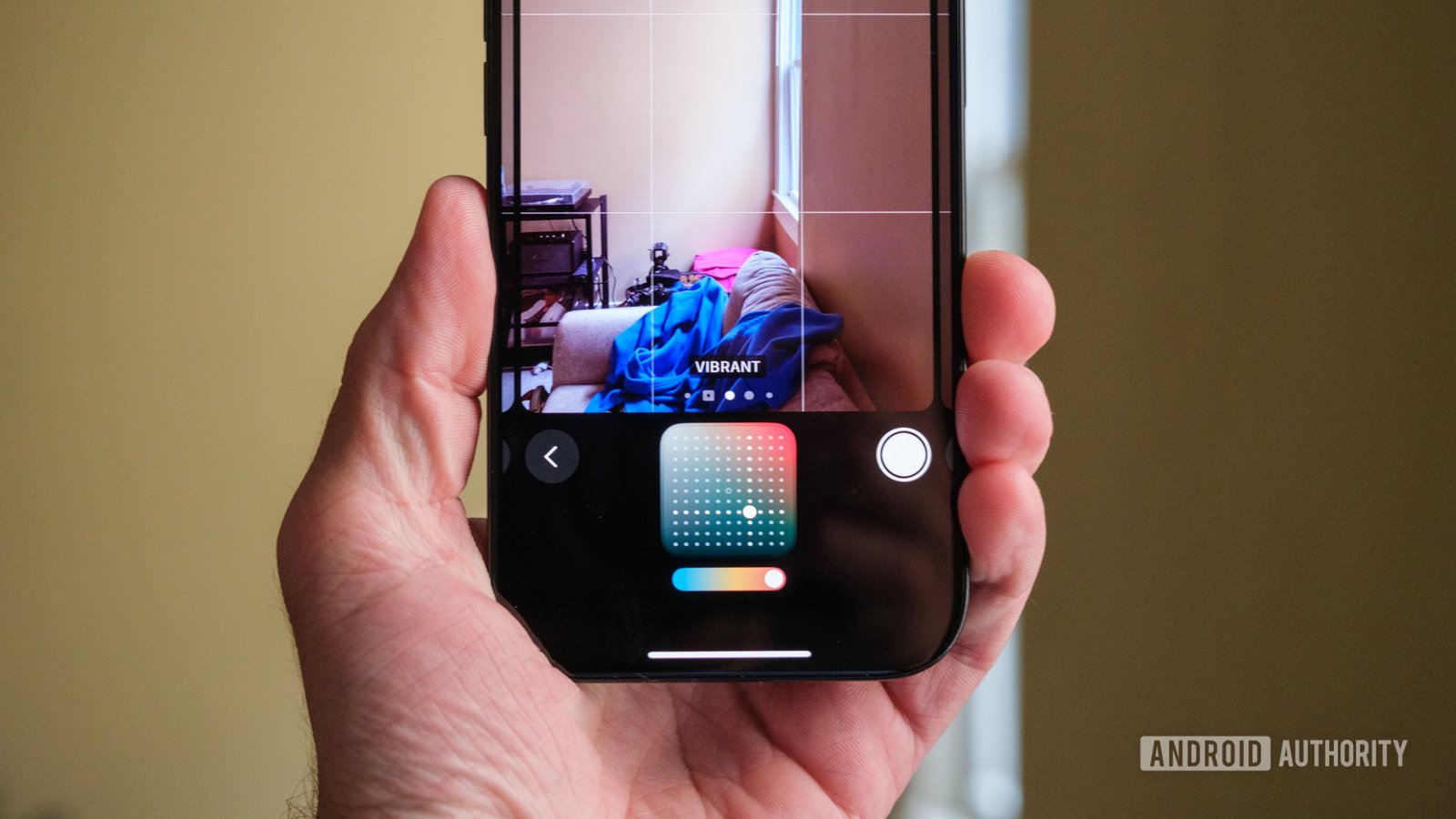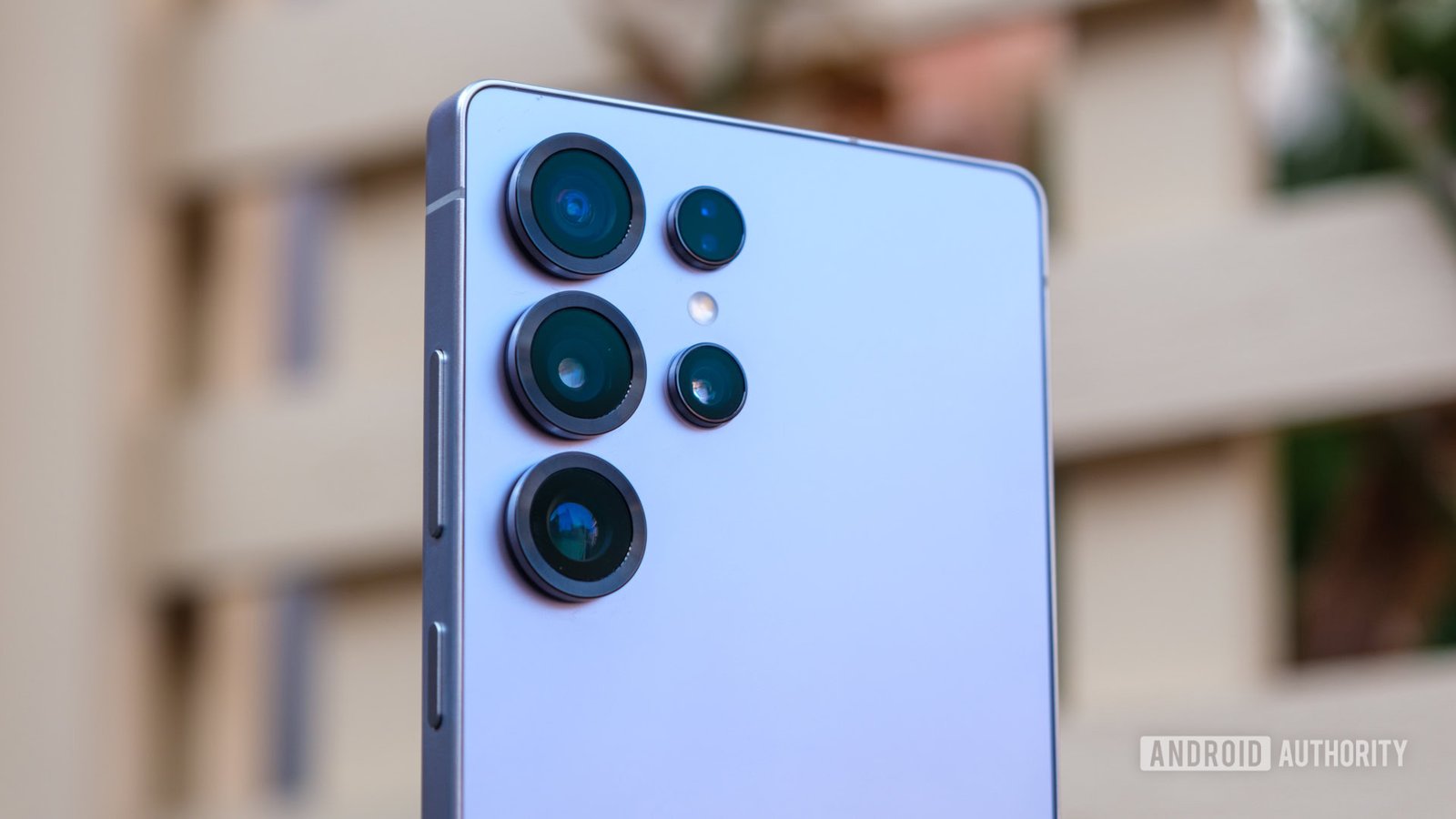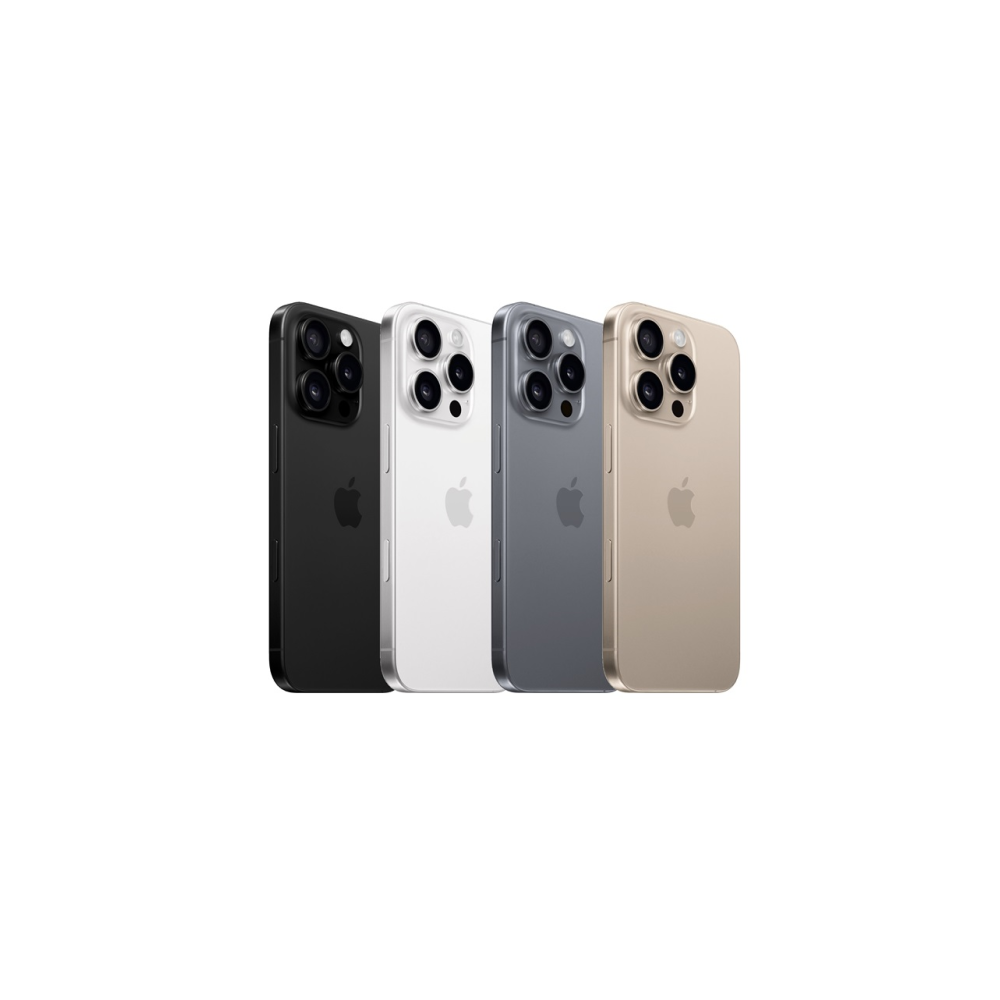When Samsung announced that its Galaxy S25 series would be light on camera hardware changes, I wasn’t sure how to feel. No, there was nothing wrong with the cameras on the Galaxy S24 series, but it’s always tougher to get excited about a phone when you know it’s going to feel a lot like its predecessor. However, just because Samsung didn’t overhaul its trio (or quartet on the Galaxy S25 Ultra) of powerful sensors doesn’t mean it kept things the same.
Instead of refreshing its hardware, it took a longer look at the Galaxy S25’s camera software and devised a new wrinkle to take on Apple: camera filters. Yes, what’s old is new again — you can finally relive the days of early Instagram when all you had to do was slap a heavy filter on an image and watch the likes roll in. There’s more to it, but the real question is how Samsung’s camera filters compare to Apple’s Photographic Styles. And, on that front, I have some thoughts.
What do Samsung’s camera filters add to the Galaxy S25 series?
Ryan Haines / Android Authority
Before we get to how Samsung’s latest software wrinkle compares to its number one rival, we should probably dig into what exactly its camera filters add to the equation. The idea of putting a filter on your smartphone camera before you snap a photo is nothing new — people have been grabbing shots in black and white or sepia tones for as long as I can remember. With the Galaxy S25 series, though, the significant change comes from the fact that you can adjust those filters to create a style all your own.
Once you choose one of the ten pre-built filters, you can then tap on its components — strength, color temperature, saturation, and film grain (artificial ISO) — to raise or lower its intensity. Then, when you’ve found a combination you like, you can save it and capture the world around you. For the most part, this process makes them feel more like a riff on Fujifilm’s film simulations, which is high praise given my love for cameras like the X100V.
Galaxy AI lets me generate my own filters, and it’s quickly winning me over.
However, one more wrinkle to Samsung’s camera filters makes them even more practical than Fujifilm’s fleshed-out solution: You can generate them from existing images. That’s right, it’s Galaxy AI to the rescue. Essentially, how this works is that most of Samsung’s filters live to the right of its default color profile. You can quickly swipe through them and modify the coloring as described above.
However, if you look to the left, you’ll see a filter with a small plus symbol on it and Galaxy AI-like swirling colors. Swipe over to it, and the Galaxy S25’s camera app will open a miniature version of your camera roll from which you can choose an image for the base of your new filter. Once you find one you like, you can go right back through the process of tweaking the grain, temperature, and saturation, as outlined above, then rename it and save it for future use.
Also, if you want to go back and switch your camera filter or modify it on an existing image later, you can do so in Samsung’s Gallery app.
Are Samsung’s filters better than Apple’s Photographic Styles?

Ryan Haines / Android Authority
Although I’m happy to call Samsung’s camera filters a bit more flexible than Apple’s Photographic Styles and agree that they’re easier to customize, it’s tough to tell whether they’re truly better. And no, I’m not just saying that because I’m secretly an Apple fanboy tired of Samsung’s profile leaning punchy. Instead, I feel so torn about whether or not Samsung’s camera filters are better than Apple’s Photographic Styles because I often can’t tell them apart.
Currently, Samsung’s default filters include names like Breeze, Pulse, Crystal, Shiver, Chill, Glow, Amber, Sunbeam, Shade, and Shadow. Although the names hint at the warmth of the image you might expect, I’m running into the fact that so many of them fall right in the middle of the temperature scale. Breeze, Pulse, and Crystal are almost identical across the temperature, contrast, and saturation ranges to the point where I’m not sure when to use each one over another.
Many of Samsung’s camera filters look almost identical, and I can’t always tell which one is right for the job.
With Apple, though, there’s less doubt about what each of its Photographic Styles is for. It chose names like Vibrant, Natural, Luminous, Dramatic, and Quiet, which are much more effective at conveying the mood you want your image to pass on rather than simply relying on a temperature. You don’t get as much control over the finer parts of each filter, only controlling the Tone, Color, and Palette, but I appreciate that Apple’s Photographic Styles feel more distinct right off the bat.
To see what I mean, check out a few quick samples from both the iPhone 16 Pro and Galaxy S25 Ultra, each taken around my neighborhood in Baltimore:
Samsung Galaxy S25 Ultra
iPhone 16 Pro
So, with six scenes and a handful of filters and Photographic Styles, one thing is clear — Apple and Samsung have different ideas about editing photos. Perhaps the clearest distinction between the two is the only image with a proper head-to-head comparison: the picture taken in the middle of the street. Because both Samsung and Apple have Amber options, you can see just how big of a difference there is between the two. I think Apple’s result is brighter and more amber-tinted, giving it significantly more warmth than Samsung’s filter.
And yet, I prefer some of Samsung’s other results to those from the iPhone 16 Pro. Apple’s Dramatic style is perhaps a bit too dramatic in the cases of both the cannon and the very cold-tinted Christmas trees, while Samsung’s Crystal filter adds just a bit of punch to the warmer colors left over from the holidays. Choosing between Apple’s Cozy profile and Samsung’s Sunbeam filter might be the toughest of the group, though, as I prefer the film-like look of the iPhone 16 Pro but can’t argue with the color accuracy that Samsung achieved.
Which camera samples do you prefer?
4 votes
Ultimately, if you dig into my camera samples as either a Samsung fanboy or an Apple diehard, you’ll probably have a clear favorite. As a photographer, I’m willing to give both sides a little credit, but I’ll probably lean toward Apple’s Photographic Styles when I want a genuinely distinct outcome.

